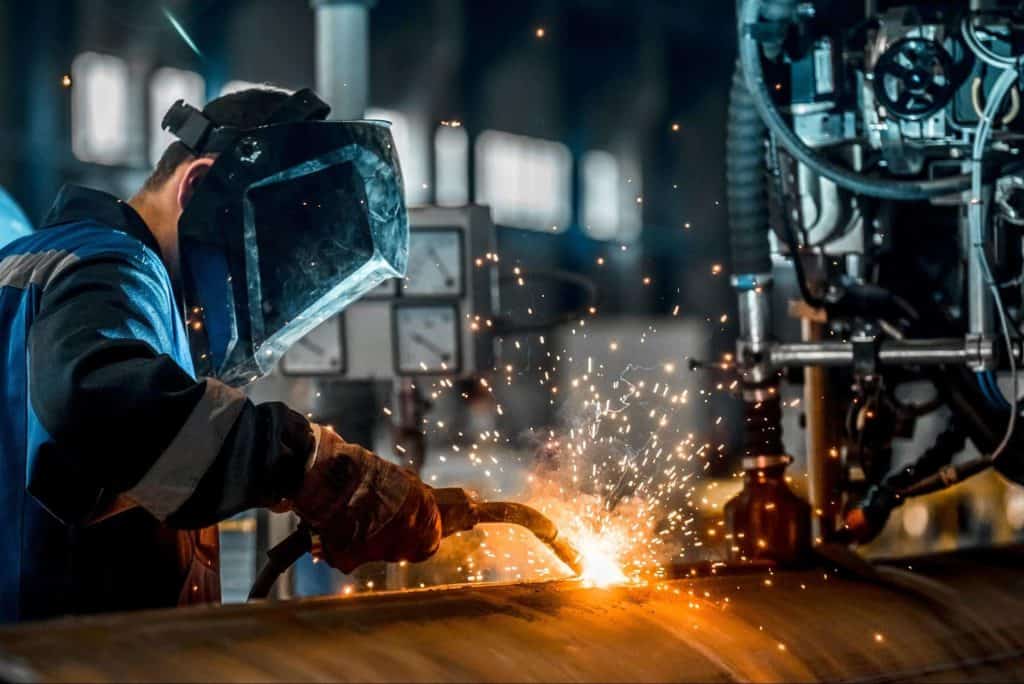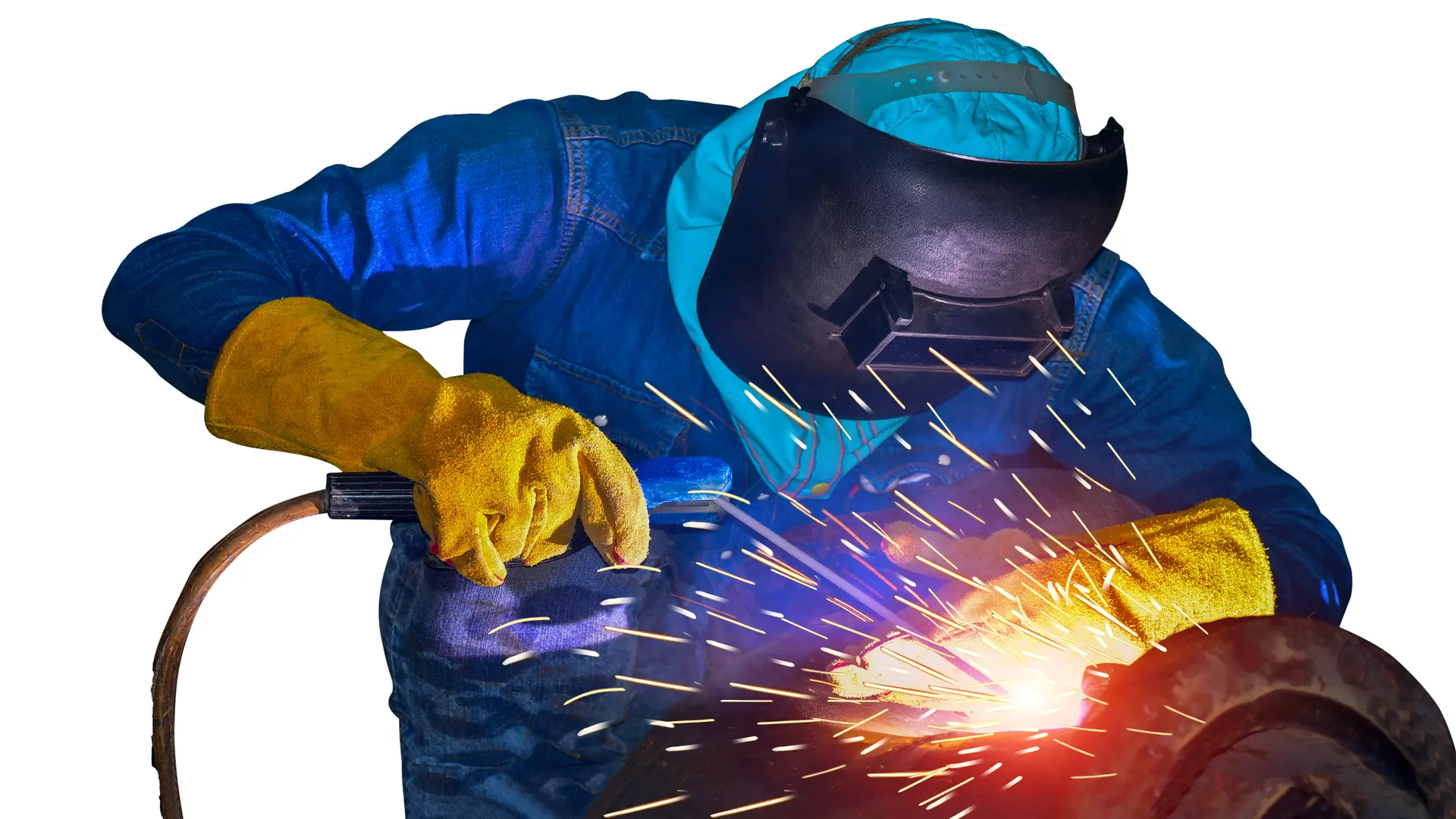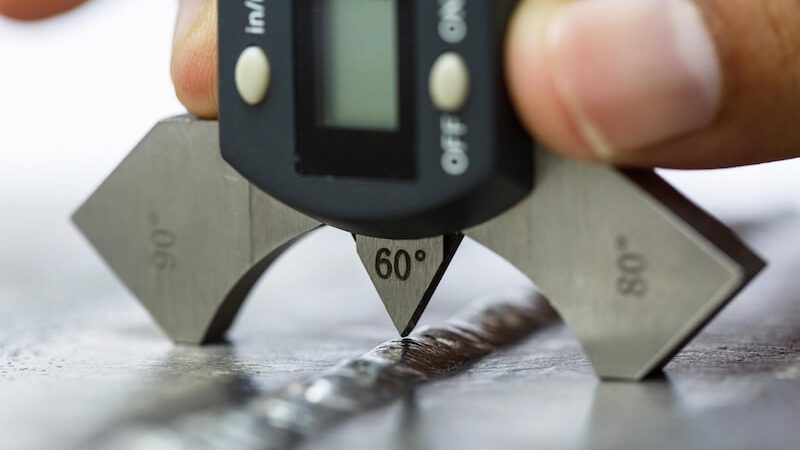Exploring the Fundamentals of Welding Inspection: A Detailed Exam of Procedures, Devices, and the Significance of High Quality Control in Welding Industries
Welding evaluation functions as a keystone in the maintenance of safety and architectural stability throughout different industries. By taking a look at the necessary processes and tools made use of in these assessments, one can value the complex balance between quality control and compliance with well established standards from companies such as AWS and ANSI. The methods utilized, consisting of visual and non-destructive screening techniques, are crucial in finding flaws that could endanger the sturdiness of bonded structures. Understanding the ramifications of these practices raises vital inquiries regarding their efficiency and the future direction of quality control in welding.
Relevance of Welding Evaluation
Welding evaluation plays a crucial function in making certain the honesty and safety of welded structures. It acts as a systematic technique to reviewing weld top quality, recognizing possible problems, and making sure conformity with established requirements and specifications. The significance of welding examination extends beyond simple adherence to guidelines; it is pivotal in protecting human lives and securing financial investments in framework.
Faulty welds can cause disastrous failings, causing substantial financial losses, injury, or death. Extensive evaluation processes are vital to discover issues such as insufficient infiltration, porosity, or splits before they escalate right into critical failings. In addition, reliable welding examination adds to the total performance and long life of frameworks, guaranteeing that they can endure the conditions for which they were designed.
Additionally, the implementation of welding assessment fosters a society of top quality and accountability within the welding sector. By focusing on inspection, companies show their commitment to quality, consequently improving their reputation and competition in the market. Ultimately, welding inspection is not simply a step-by-step action yet an essential component of design honesty and safety and security assurance, crucial for the effective implementation of welding projects throughout various industries.
Secret Examination Processes
An extensive technique to welding assessment entails several crucial procedures that are crucial for guaranteeing weld quality and structural stability. The initial critical process is visual assessment, which permits inspectors to determine surface area issues such as cracks, porosity, and improper bead appearance. This technique offers as an initial evaluation to make sure that the weld satisfies specified requirements.

Additionally, harmful screening may be performed on sample welds to examine their mechanical properties and performance under stress. This procedure entails tiredness, tensile, and impact testing to validate that the weld can stand up to operational problems.
Last but not least, paperwork and coverage are vital elements of the evaluation procedure. Preserving accurate records of inspections, monitorings, and test results aids ensure conformity with market criteria and helps with constant enhancement in welding practices. Jointly, these vital processes develop the foundation of efficient welding inspection and quality control.
Devices for Weld Assessment
Countless tools are vital for effective weld analysis, each created to assess various aspects of weld top quality and performance. Among the most commonly made use of are visual assessment tools, including magnifying glasses and borescopes, which allow assessors to identify surface flaws such as splits, porosity, and improper combination.
Additionally, ultrasonic testing (UT) tools is essential for discovering interior imperfections. This tool uses high-frequency audio waves to disclose suspensions within the weld, making certain the integrity of the material. Radiographic testing (RT) tools, which use X-rays or gamma rays, in a similar way provide insight into the inner structure of welds, permitting the recognition of inclusions or gaps.
For specific measurements, calipers and gauges play a considerable duty in making certain and determining weld dimensions adherence to specified tolerances. Hardness testers evaluate the mechanical properties of the weld, ensuring it meets performance standards.

Methods for Assessing Quality
Just how can the high quality of welds be reliably examined? A range of techniques are used to assess weld integrity and make certain adherence to specified requirements.
Ultrasonic testing (UT) is one more prominent method that uses high-frequency acoustic waves to discover inner defects within the weld. Houston Welding Inspection. This approach supplies a comprehensive view of the weld's integrity without jeopardizing its structural integrity. In enhancement, radiographic screening (RT) utilizes X-rays or gamma rays to reveal internal flaws, offering detailed insights right into weld top quality
Magnetic bit screening (MT) is effective for discovering surface area and near-surface suspensions in ferromagnetic materials, using electromagnetic fields and tinted particles to highlight flaws. Dye penetrant screening (PT) can be utilized to discover surface-breaking imperfections by using a color that seeps right into cracks and is ultimately revealed.
Conformity With Industry Specifications
Conformity with sector criteria is important for ensuring the high quality and safety and security of welded frameworks. These standards, developed by companies such as the American Welding Culture (AWS) and the American National Requirement Institute (ANSI), provide guidelines that govern the welding procedure, products, and inspection methods. Abiding by these requirements not just makes sure the architectural integrity of welds yet additionally reduces threats associated with failures that can bring about tragic repercussions.

Welding assessors are tasked with verifying compliance with these requirements throughout the welding procedure (Houston Welding Inspection). This includes examining welding treatments, keeping track of welder qualifications, and performing complete evaluations of the final item. Non-compliance can cause considerable financial consequences, task delays, and damages to a firm's online reputation
Additionally, compliance find out this here fosters a culture of quality assurance within the company. By establishing clear expectations and benchmarks, companies can maintain consistency in their output and enhance overall productivity. Routine training and updates on standards are important to keep workers informed and competent, guaranteeing that all elements of welding operations fulfill or exceed governing requirements. Eventually, commitment to industry standards works as a structure for quality in the welding industry, advertising safety and reliability in bonded frameworks.

Verdict
To conclude, welding evaluation acts as a vital part in keeping the safety and security and integrity of welded structures. With the application of essential evaluation procedures and the use of innovative tools and methods, prospective issues can be recognized and resolved successfully. Adherence to sector standards makes certain compliance and advertises a culture of quality within the welding market. Ultimately, rigorous examination techniques not just safeguard human lives but likewise improve the toughness and efficiency of bonded buildings.
Moreover, the application of welding inspection fosters a culture of top quality and responsibility within the welding sector. Ultimately, welding evaluation is not just a procedural step however her response a basic component of design integrity and safety and security assurance, important for the effective implementation of welding projects throughout different industries.
A comprehensive strategy to welding evaluation entails several crucial procedures that are essential for making sure weld top quality and architectural honesty. These standards, developed by companies such as the American Welding Society (AWS) and the American National Specification Institute (ANSI), give standards that govern the welding process, materials, and evaluation procedures.Welding examiners are tasked with verifying compliance with these criteria throughout the welding procedure.